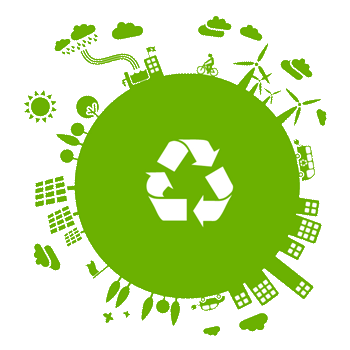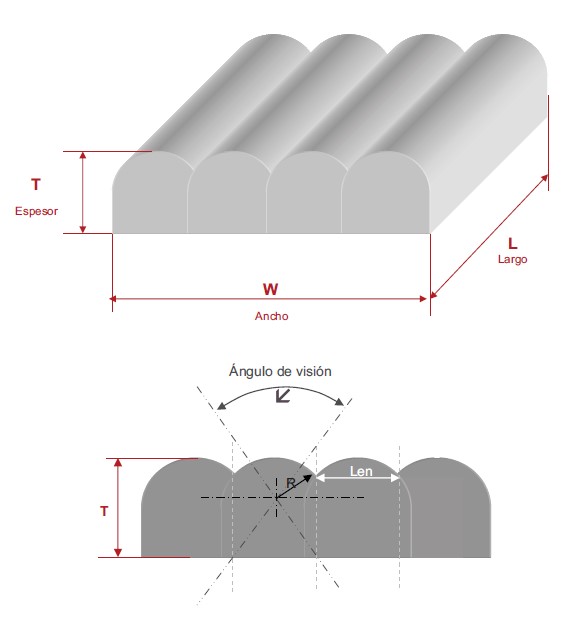PETG LENTICULAR
Our RANGE
| 60 LPI | 75 LPI | 90 LPI | 100 LPI | |
| Type | desde 25μ | Max. 1500 mm | Max. 2600 mm | Transparent, colors and black |
| Thickness | 508 μm | 465 μm | 355 μm | 355 μm |
| Measures Sheets (mm) |
510 (//) x 710 510 (//) x 710 |
510 (//) x 710 510 (//) x 710 |
510 (//) x 710 510 (//) x 710 |
510 (//) x 710 510 (//) x 710 |
* The symbol (//) indicates in which direction the parallel lines go. For example, 510 (//) x 710 indicates that the lines run parallel to the side of the 510mm sheet.
PETG is easily recycled
Using chemicals to break polymer chains and return to their original components. These components can then be used as raw materials for the manufacture of new polymers.
Recycling also prevents PETG products from breaking down into microscopic fragments that pollute the world’s oceans and water supplies, threatening aquatic life.



